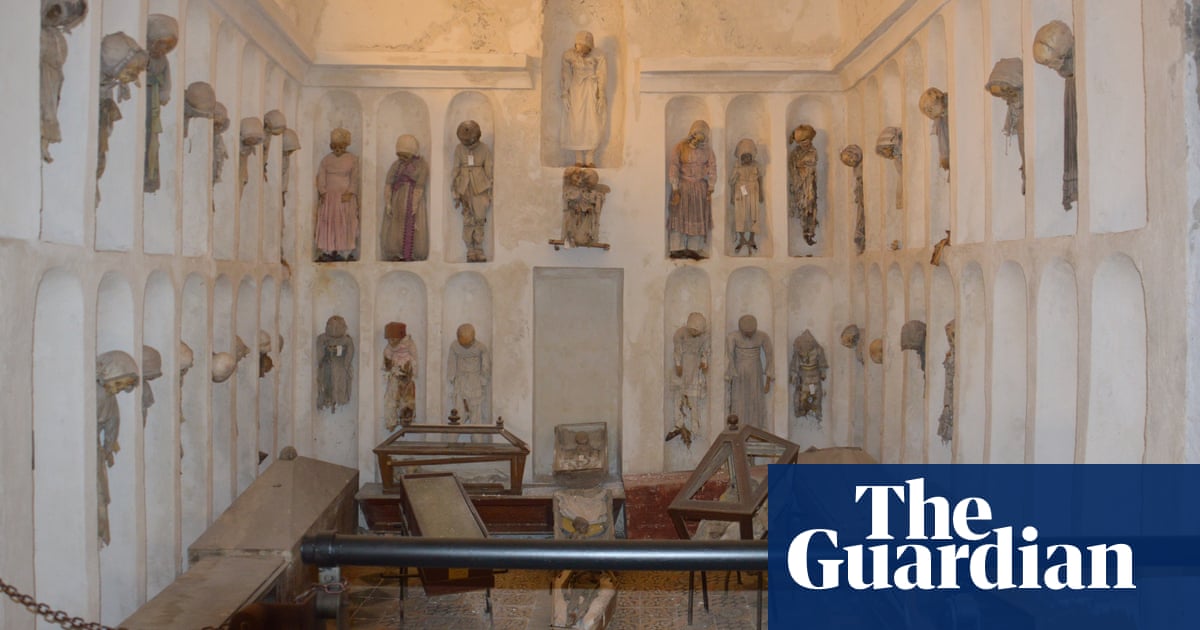
The secrets of the child mummies of the Capuchin Catacombs of Palermo in Sicily are to be revealed by a British-led team of scientists using X-ray technology.
The stories of 163 children who died in the underground tomb will be told for the first time by Dr Kirsty Squires.
The largest collection of mummies in Europe can be found in the Catacombs. Many of the children contained there are now skeletons, but others are sleeping.
The two-year investigation will focus on the children who died between 1787 and 1880 and the bodies of 41 of them within a child chapel.
None of the children's identity, cause of death, or medical history is known, and descriptive tags attached to them have faded away.
It is hoped that a better picture of the children's lives and passing will be revealed by cross-referencing the findings with archival records, including two books containing names and years of death.
We are going to do fieldwork in January. We will use a portable X-ray unit to take hundreds of images of the children.
We are hoping to understand their development, health and identity by comparing the way they have been mummified and the clothes they are wearing.
The friars of the Capuchin order used to own the catacombs, which have become a popular tourist attraction. The dead were often dressed in finery and visited by their relatives.
The friars established their first church in 1534. They created a mass grave for their dead which opened like a tank under an altar, but when it was full, the dead were held in a charnel house while a new crypt was dug.
45 of the dead friars were found to have been mummified with their faces recognizable, a development that was taken to be an act of God.
The bodies were displayed in niches along the walls of the first corridor of the new cemetery rather than being buried. The right to be accommodated in the catacombs after death was stated in a letter published in 1787.
Most of the research has been on the mummies of adults, except for an examination of the mummies of a toddler who died of pneumonia a week before her second birthday.
She was investigated a decade ago by Dr. Piombino-Mascali, who is currently working on the latest project at the catacombs.
Many mummies are a result of natural dehydration. The mummies were treated with chemicals. Those treated with chemicals are usually better preserved.
Some of them are very well preserved. Some look like they are sleeping. Some of them have fake eyes and they seem to be looking at you. They look like small dolls.
You want to make sure that they are told their stories and give them a sense that they are children. When you deal with children in anthropology, it is very upsetting.
Dr Robert Loynes, a retired orthopaedic surgeon who has previously investigated ancient Egyptian mummies, will take and examine 14 images per mummy. The work on fragile corpses needs to be non intrusive.
Images will be drawn by an artist from Los Angeles, Eduardo Hernandez, who will produce illustrations for use in educational leaflets for handing out at the catacombs and elsewhere. The project received funding from the UK's Arts and Humanities Research Council. In the early 20th century, the last bodies in the catacombs died.
